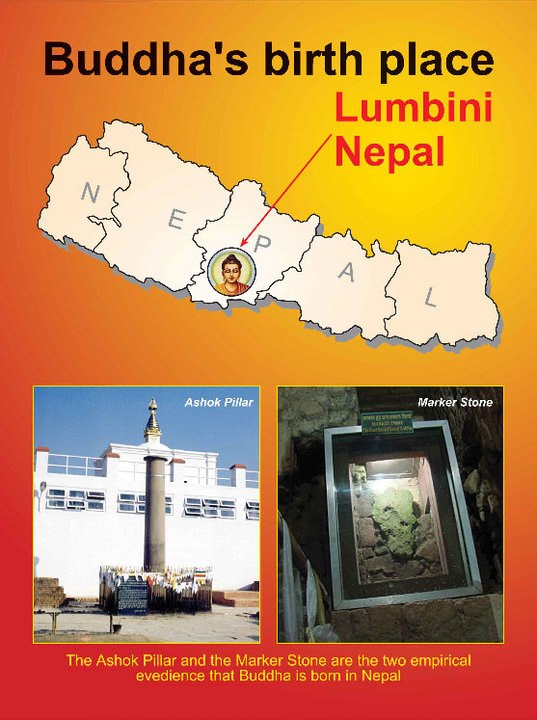800-200 BC OLD COINS FOUND IN ‘SHAKYA CAPITAL’ KAPILVASTU NEPAL
Posted by Ram Kumar Shrestha on January 24, 2015
 KAPILVASTU, JAN 19 – A team of archaeologists has found around 300 ancient silver coins from Tilaurakot, the Shakya Capital city where Siddhartha Gautam spent 29 years of his princely life before he became the Buddha.
KAPILVASTU, JAN 19 – A team of archaeologists has found around 300 ancient silver coins from Tilaurakot, the Shakya Capital city where Siddhartha Gautam spent 29 years of his princely life before he became the Buddha.
The excavation team comprising consultants, experts and archaeologists from Unesco, Department of Archaeology (DoA), Lumbini Development Trust and Durham University in the UK, who are part of the excavation project being carried out since January 8, recovered the “punch mark” coins believed to have been used during 800-200 BC.
After digging about 1 metre under the surface of soil, the team discovered the coins on Sunday in earthen pots. By Monday evening, the team was able to collect 230 silver coins and their counting is ongoing, said Ram Bahadur Kunwar, an archeologist with the DoA. According to him, the earthen pots containing the coins are of 50 cm in height and 15 cm in diametre.
A team of British archaeologist Jennifer Tremblay and archaeologists at the DoA Bhashkar Gyawali and Himal Uprety have been counting the coins. Respecting archeological norms and values, the team has been painstakingly taking out the coins to prevent any damage. Most of the coins are said to be in good shape.
“The discovery is likely to help archaeologists determine the history of Tilaurakot, the place that attracts global interest,” said Kosh Prasad Acharya, an archaeologist and consultant for Unesco. “We will be able to share more details after further research on the coins.”
Last year, while conducting a geo-physical survey of the area, the team had discovered the remains of an ancient Bihar, a religious and historical site related to Buddhism in the same area where the silver coins were found on Sunday.
“We had decided to conduct further excavation early this year,” said Acharya. “We now can see the remains of the Bihar to south and the signs of a large pond to the northern side of the excavation site.”
The project, expected to last two months, is initiated by Unesco and funded by the Japanese government in partnership with the Nepal government, along with Durham and Stirling universities and Global Exploration Fund under the National Geographic Society.
Tilaurakot had caught the attention of archaeologists after a recent geological survey conducted in the area substantiated that there might be the remains of an ancient city underneath, prompting the archaeologists to start excavation from four sites.
@TKP
































Leave a comment